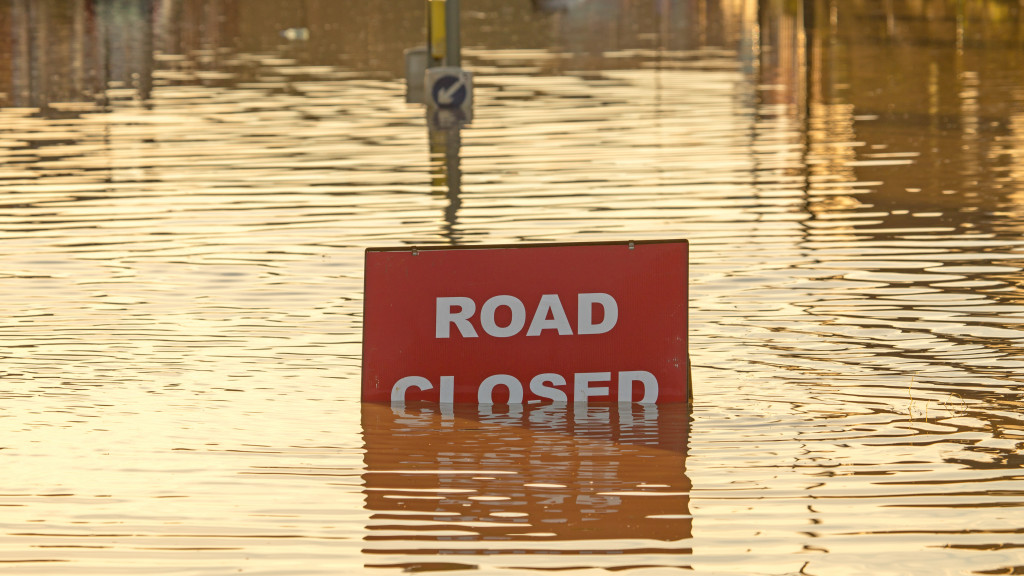- Prioritizing safety in the workplace is crucial for both employers and employees.
- Maintaining a clean and organized work area reduces the risk of accidents.
- Training and education on safety procedures empower employees to make informed decisions.
- Effective emergency response plans mitigate potential risks during emergencies.
- Be prepared for natural disasters to protect your employees and business from potential harm.
Your workplace should be a safe and secure environment where you can perform your duties without any potential risks or hazards. Both employers and employees must prioritize safety measures and establish protocols that promote a secure workplace. This guide will share five essential tips to help ensure safety in your workplace.
1. Maintain a Clean and Organized Work Area
A clean and organized work area is aesthetically pleasing and plays a significant role in maintaining safety. Cluttered spaces increase the risk of accidents and injuries. Maintaining a clean and organized work area reduces the chances of accidents and creates a safer environment for everyone.
Here are some tips on how to maintain a clean and organized work area:
Create Designated Storage Areas
Having designated storage areas for equipment, tools, and materials is essential in maintaining a clean and organized work area. This ensures that items are not left lying around, creating clutter. It also makes it easier to find and access necessary items when needed. Labeling storage areas can further improve organization and save time.
Implement a Daily Cleaning Routine
Implementing a daily cleaning routine is a simple but effective way to maintain a clean work area. This includes wiping down work surfaces, sweeping or vacuuming floors, and organizing loose items. Encourage all employees to take a few minutes daily to tidy up their workstations before leaving.
Regularly Declutter
As workspaces can quickly become cluttered with documents, tools, and other items, it is essential to regularly declutter and get rid of anything that is no longer needed. This includes old or outdated documents, broken equipment, or other unnecessary items that may take up space.
Establish a Clean Desk Policy
A clean desk policy can help maintain an organized work area by requiring all employees to clear their desks at the end of each day. This reduces clutter and ensures that confidential documents are properly stored away. It also gives a fresh start each morning and promotes a more productive work environment.
2. Provide Proper Training and Education

Proper training and education on safety procedures are essential for all employees. Conduct regular safety training sessions to educate employees about potential hazards, emergency protocols, and proper use of equipment. Ensure that employees are well-versed in operating machinery and tools safely. Encourage open communication, where employees can report safety concerns or suggest improvements.
Additionally, provide clear instructions and guidelines regarding personal protective equipment (PPE) usage and ensure all employees have access to the necessary safety gear. Providing comprehensive training and education empowers employees to make informed decisions and contribute to a safer workplace.
3. Implement Effective Emergency Response Plans
Emergencies can arise unexpectedly, and effective response plans are crucial for all employees’ safety. Develop and communicate emergency evacuation plans, ensuring everyone understands their roles and responsibilities during an emergency. Install clear and visible emergency signage throughout the workplace, indicating escape routes, assembly points, and fire extinguisher locations.
Conduct regular drills to practice emergency responses and familiarize employees with evacuation procedures. It is also essential to have readily accessible first aid kits and trained personnel who can provide initial medical assistance when needed. By implementing effective emergency response plans, you can mitigate potential risks and ensure the safety of your workforce.
4. Promote a Culture of Safety
Creating a workplace safety culture is vital for maintaining a secure environment. This involves fostering an atmosphere where all employees prioritize safety and actively contribute to its maintenance. Encourage open communication channels that allow employees to report safety concerns or suggest improvements without fear of retribution.
Recognize and reward employees who demonstrate exemplary safety practices. Regularly review and update safety policies and procedures based on feedback and industry best practices. Promoting a safety culture instills a collective responsibility for workplace safety, creating a positive and secure working environment.
5. Be Prepared for Natural Disasters

Natural disasters can occur at any time, and preparing for them in the workplace is crucial. This includes having emergency kits stoked with essential items such as food, water, first aid supplies, and flashlights. Regularly review and update these kits to ensure they are up-to-date.
In the case of natural disasters that involve water damage, it is imperative to have a plan in place to deal with potential commercial water damage. This can include hiring commercial water damage services to mitigate and restore any damages caused by flooding or severe weather conditions. These professionals will have the necessary equipment and expertise to handle the situation effectively, minimizing disruptions to business operations.
In Summary
Ensuring safety in your workplace requires a proactive approach and collective effort from both employers and employees. You can create a secure workplace where everyone can thrive by maintaining a clean and organized work area, providing proper training and education, implementing effective emergency response plans, promoting a safety culture, and promptly addressing commercial water damage. Remember, safety should always be a top priority, and by following these tips, you contribute to a safer and healthier work environment for yourself and your colleagues.
